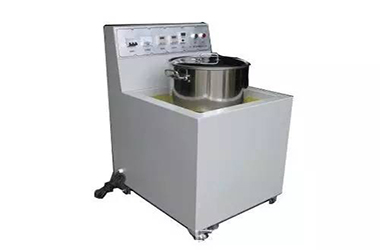(Continued)
④. Ultrasonic polishing
The workpiece is put into the abrasive suspension and placed in the ultrasonic field together. The abrasive is grinded and polished on the workpiece surface by the action of ultrasonic vibration. Ultrasonic machining can be combined with chemical or electrochemical methods. On the basis of solution corrosion and electrolysis, ultrasonic vibration is applied to stir the solution to separate the dissolved products on the surface of the workpiece, and the corrosion or electrolyte near the surface is even; the cavitation effect of ultrasonic in the liquid can also inhibit the corrosion process, which is benefit to the surface lightening.
⑤. Fluid polishing
The purpose of fluid polishing is to wash the surface of workpiece by the high-speed fluid and abrasive particles carried by it. Common methods include abrasive jet machining, liquid jet machining, hydrodynamic grinding, etc. Hydrodynamic grinding is driven by hydraulic pressure, which makes the liquid medium carrying abrasive particles flow through the workpiece surface at high speed. The medium is mainly made of special compound (polymer like substance) with good flowability under low pressure and mixed with abrasive. The abrasive can be silicon carbide powder.
⑥. Magnetic polishing
Magnetic polishing is to use magnetic abrasive to form brush under the action of magnetic field to grind the workpiece. This method has the advantages of high processing efficiency, good quality, easy control of processing conditions and good working conditions. The surface roughness can reach ra0.1 μ m with suitable abrasive.
 、
、
If you want to know
more about grinding and polishing, please call HK KOLORS national unified
service hotline: +86-0755-28603021, or visit our website www.klscpt.com/en for details.

